Prevent joint injuries in everyday life by making small, thoughtful changes that add up to a big difference. As a senior, I’ve come to realize just how valuable it is to maintain my independence. While caregivers and loved ones are always there to help, there’s a special kind of joy in being able to move freely, handle my daily routines, and enjoy life on my own terms. That freedom—to garden, take a stroll, or even climb the stairs without hesitation—means everything to me, and it’s something I’ve worked hard to protect.
I’ve had my share of joint challenges over the years, from stiff knees to the occasional ache in my hips. But by learning how to care for my joints, making small adjustments, and staying consistent with some simple habits, I’ve managed to stay active and independent. Now, I want to share what I’ve learned with you. Whether you’re looking to avoid future joint trouble or just want to move with ease for as long as possible, these practical tips will help you take care of your joints and keep living the life you love. Let’s get started.
Prevent Joint Injuries in Everyday Life: Simple Strategies for Healthy Joints
Joint pain can make everyday activities tough. I’ve learned some great ways to protect my joints and prevent injuries. It’s all about making smart choices in how I move and take care of my body.

Regular exercise and maintaining a healthy weight are two of the best things I can do to keep my joints healthy. When I stay active, it helps keep the muscles around my joints strong. This gives my joints better support. But I’m careful not to overdo it. Low-impact activities like swimming or cycling are easier on my joints than high-impact sports.
Paying attention to my posture and using proper form when lifting things also makes a big difference. I try to avoid putting too much stress on any one joint. Little changes in how I do everyday tasks can add up to healthier joints over time.
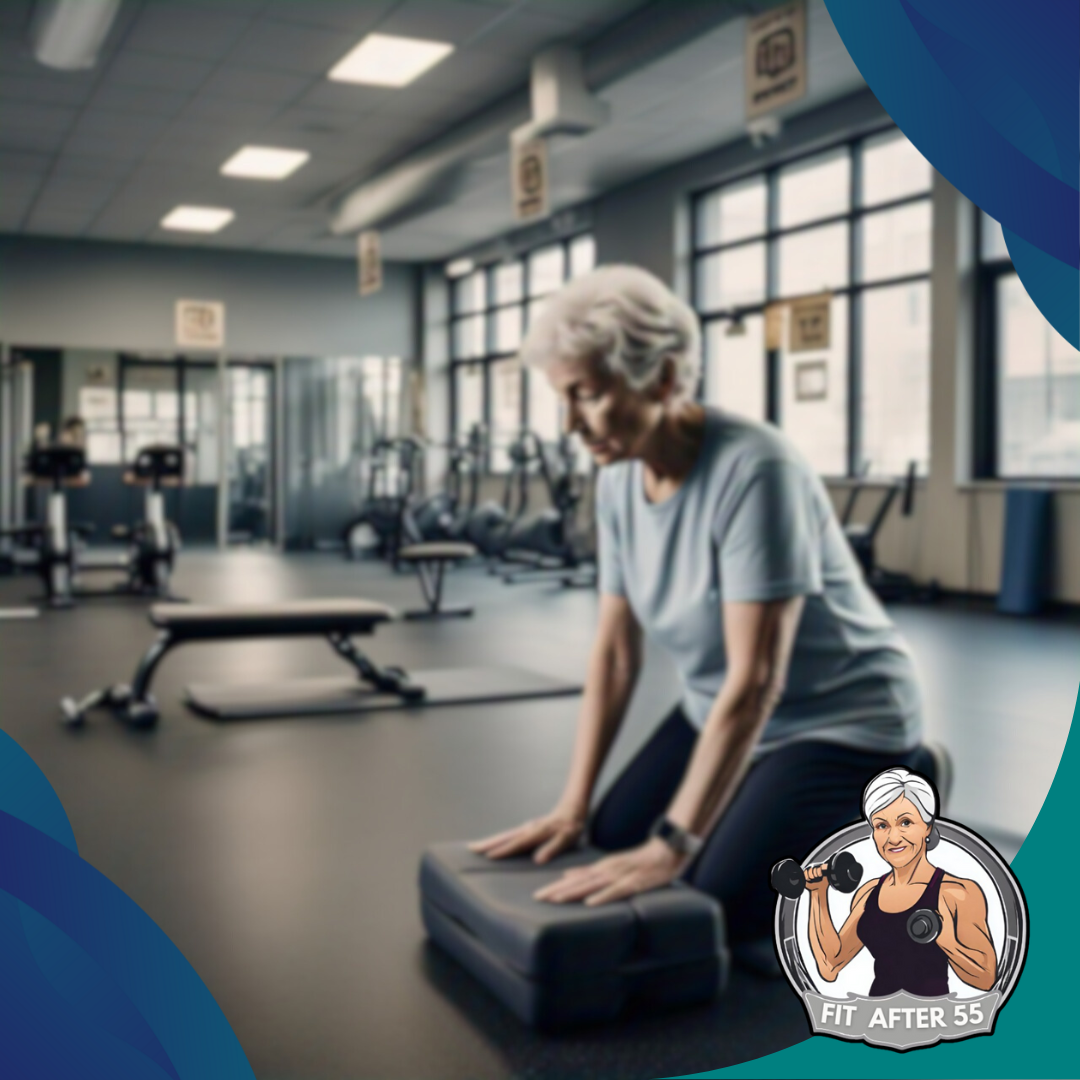
Key Takeaways
- Regular low-impact exercise strengthens muscles that support joints
- Maintaining good posture and proper lifting technique reduces joint stress
- Small changes in daily activities can have a big impact on long-term joint health
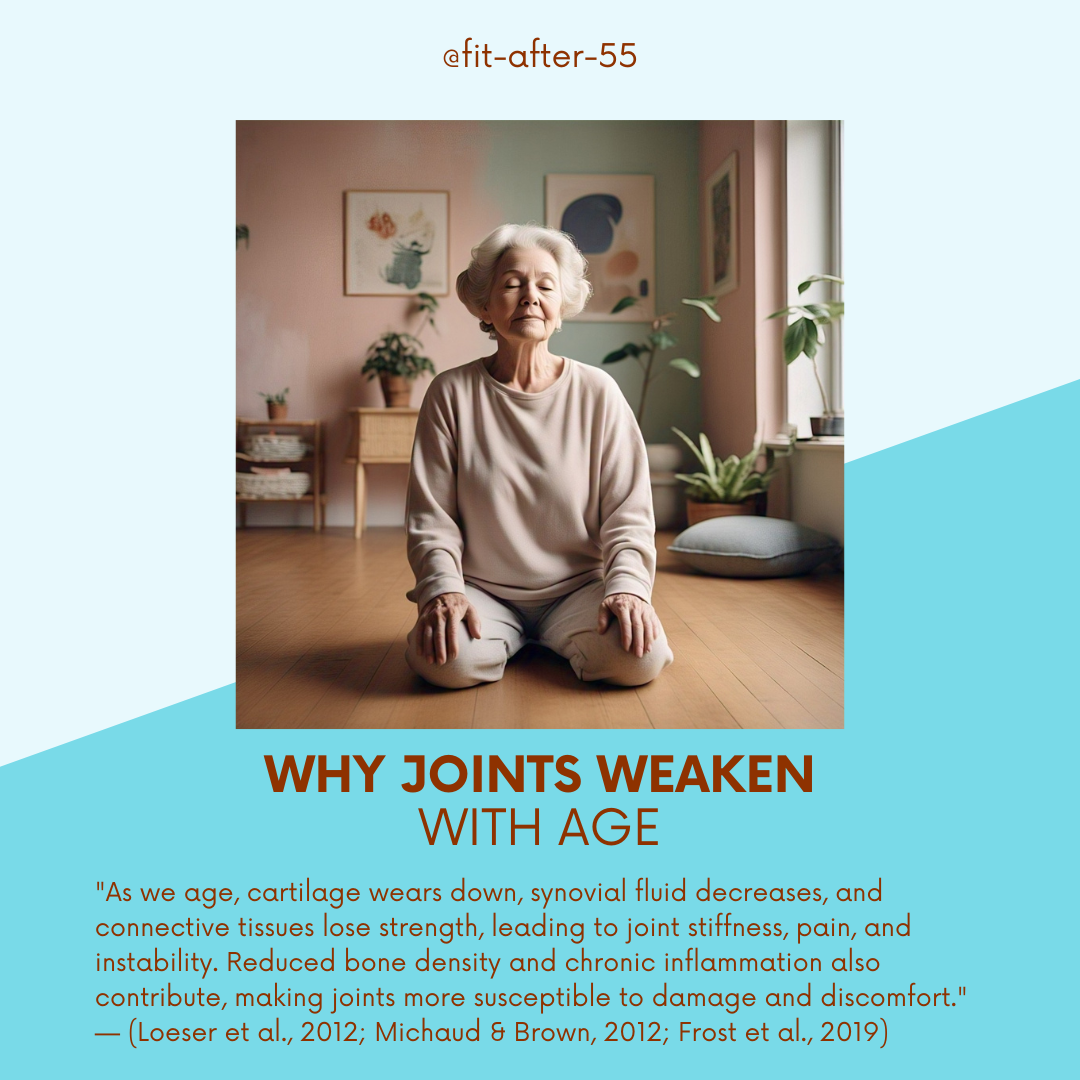
Understanding Joint Structure and Function
Joints are amazing parts of our body that let us move and bend. I’ll explain what makes up our joints and how they work to keep us active.
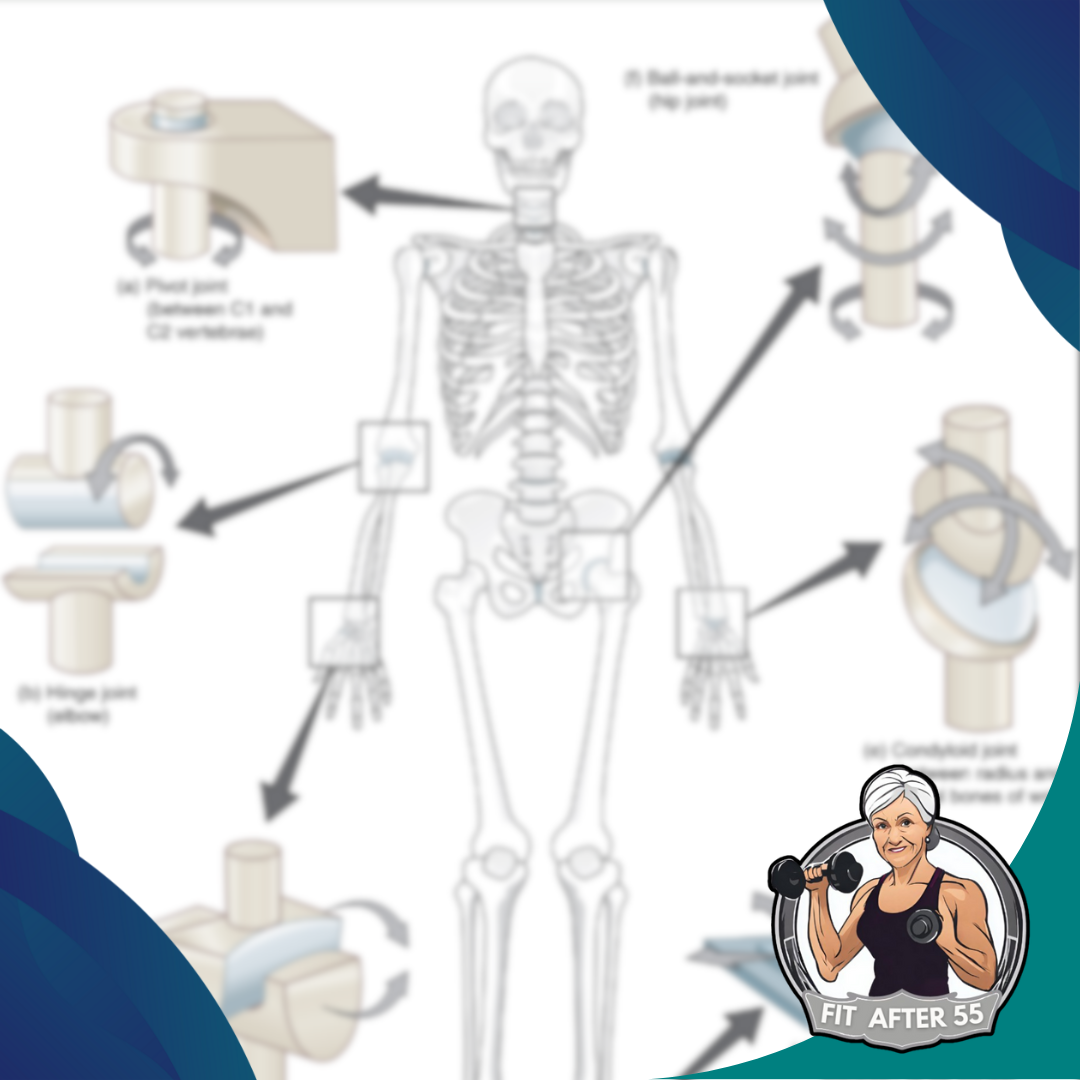
Components of Joints
Joints are where two bones meet. They have several key parts:
- Bones: The hard structures that form our skeleton
- Cartilage: A smooth tissue that covers bone ends
- Ligaments: Tough bands that connect bones
- Tendons: Tissues that attach muscles to bones
- Synovial fluid: A slippery liquid that lubricates joints
Synovial joints are the most common type. They let us move freely. The hip and knee are good examples.
Role of Joints in Movement
Joints are super important for how we move. Here’s what they do:
- Allow motion between bones
- Support our body weight
- Help us keep our balance
Different joint types let us move in various ways. Ball-and-socket joints like our shoulders give us a wide range of motion. Hinge joints like our elbows let us bend and straighten.
Healthy joints are key for staying active. When we exercise or do daily tasks, our joints work hard. Taking care of them helps prevent injuries and keeps us moving well.
Importance of Maintaining Joint Health

Taking care of our joints is key for staying active and feeling good. I’ll share some tips to keep joints healthy and avoid pain or stiffness as we age.
Preventing Joint Injuries
I always remind myself that joint health is crucial for mobility and independence. To prevent injuries, I make sure to warm up before exercise and use proper form. I also try to maintain a healthy weight to reduce stress on my joints.
Wearing supportive shoes helps protect my knees and ankles. When lifting heavy objects, I bend at the knees and keep my back straight. Taking breaks during repetitive tasks gives my joints a rest.
I’ve learned that strengthening the muscles around joints provides better support. Simple exercises like squats, lunges, and arm curls can make a big difference. I aim to do these a few times a week.
Long-Term Wellness
For long-term joint health, I focus on my diet and lifestyle. Eating foods rich in calcium and vitamin D helps keep my bones strong and lowers my risk of osteoporosis.
I try to stay active with low-impact exercises like swimming or cycling. These are gentler on my joints but still great for my overall health. Stretching regularly keeps me flexible and reduces stiffness.
Good posture is important for preventing back and neck pain. I make an effort to sit and stand up straight throughout the day. When I notice joint pain, I don’t ignore it. Getting prompt treatment can prevent further damage and keep my joints healthier in the long run.
Lifestyle Choices for Healthy Joints

Taking care of our joints is key to staying active and pain-free. I’ll share some simple changes we can make to keep our joints in top shape.
Nutrition for Joint Support
I’ve found that eating right makes a big difference for my joints. A Mediterranean diet can really help. It’s full of fish, nuts, and olive oil that fight inflammation.
I make sure to get enough calcium and vitamin D too. These nutrients keep my bones strong, which supports my joints. Dairy, leafy greens, and fortified foods are great sources.
I also love colorful fruits and veggies. They’re packed with antioxidants that protect my joints from damage. Berries, oranges, and carrots are some of my favorites.
Common Joint Injuries Among Seniors
Osteoarthritis of the knee is one of the most common joint injuries affecting seniors. This condition occurs when the cartilage between the bones in the knee joint breaks down, causing the bones to rub against each other, resulting in pain, stiffness and limited mobility. Symptoms include pain or stiffness in the knee, limited mobility or stiffness, clicking or grinding sensations, swelling or redness. Risk factors include age, weight, genetics, previous injuries and certain occupations. Early diagnosis and treatment can significantly improve quality of life.
Maintaining a Healthy Weight
I’ve learned that extra pounds put stress on my joints. That’s why I try to stay at a healthy weight. It’s not always easy, but it’s worth it for how much better my joints feel.
I focus on eating balanced meals and watching my portions. I don’t deprive myself, but I’m mindful of what I eat.
Regular weigh-ins help me stay on track. If I notice the scale creeping up, I make small changes to my diet and activity level.
Benefits of Regular Exercise
Moving my body every day is key to keeping my joints happy. I aim for about 30 minutes of exercise most days of the week.
Low-impact activities are my go-to. Swimming, biking, and walking are gentle on my joints but still give me a great workout. I also do strength training to build muscle around my joints for extra support.
I always warm up before exercising and cool down after. This helps prevent injuries and keeps my joints flexible. If something hurts, I take a break. Listening to my body is important.
Exercise Smart to Protect Your Joints
I’ve learned some great ways to stay active while keeping my joints safe. The right exercises can help prevent injuries and keep me moving well. Here are my top tips for joint-friendly workouts.
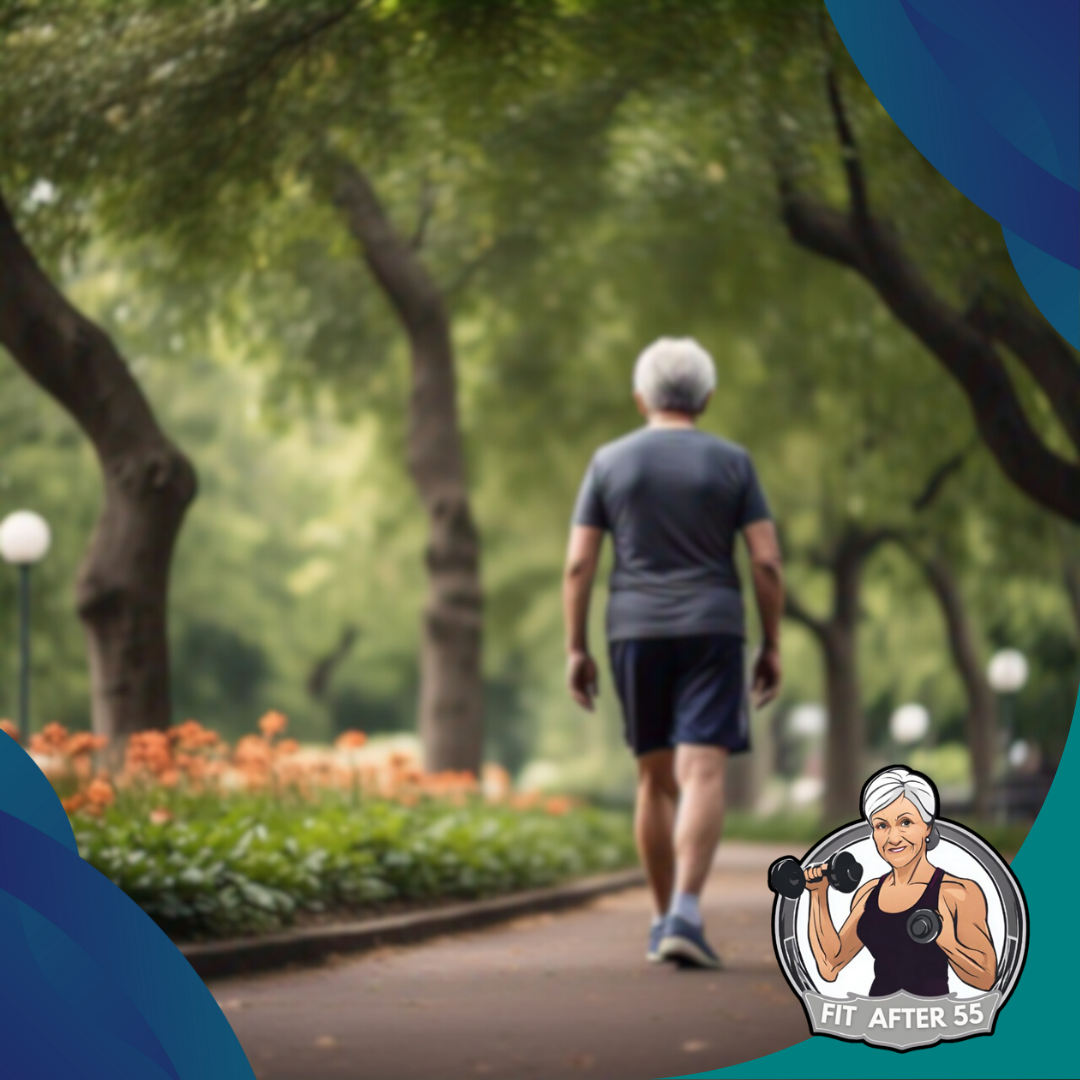
Safe Exercise Routines
I always start with a good warm-up to get my joints ready. This helps increase fluid in my joints and prevents stiffness.
I focus on low-impact activities that don’t put too much stress on my body. Swimming, cycling, and using the elliptical machine are great options.
I make sure to use proper form when exercising. If I’m not sure, I ask a trainer or watch instructional videos. Good technique protects my joints from unnecessary strain.
I listen to my body and don’t push too hard. If something hurts, I take a break or try a different exercise. It’s better to go slow than risk an injury.
Incorporating Strength Training
Strength training is key for protecting my joints. It builds the muscles around my joints, which helps support and stabilize them.
I use resistance bands for gentle strength work. They’re easy on my joints but still give my muscles a good workout.
Body weight exercises like squats and lunges are great for building leg strength. I make sure to use proper form to protect my knees.
I work on my core strength too. A strong core helps with balance and takes pressure off my other joints.
I don’t lift heavy weights every day. I alternate strength training days with rest or cardio to give my joints a break.
Joint-Friendly Cardiovascular Workouts
For cardio, I choose activities that are easy on my joints. Swimming is one of my favorites. The water supports my body weight and gives me a great workout.
I enjoy cycling too, either outdoors or on a stationary bike. It’s low-impact but still gets my heart rate up.
Walking is simple but effective. I wear supportive shoes and walk on soft surfaces when I can.
I mix up my cardio routine to avoid repetitive stress on my joints. Some days I swim, others I bike or walk.
If I’m using gym equipment, I adjust it properly to fit my body. This helps me maintain good form and protects my joints.
Factors Contributing to Joint Injuries

Joint injuries can happen for many reasons. Some activities and habits put more stress on our joints than others. Let’s look at what causes joint problems and which activities are riskiest.
Common Causes of Joint Damage
I’ve found that everyday habits can lead to joint issues. Wearing high heels is one culprit. They put extra pressure on our knees and feet. Being overweight also strains joints, especially in our hips and knees.
Poor posture is another big problem. It can cause back and neck pain. Repetitive motions at work or in sports can wear down joints over time.
Age plays a role too. As we get older, our joints naturally weaken. This makes them more prone to injury.
Certain health conditions like arthritis can also damage joints. They cause inflammation and pain.
High-Risk Activities for Joints
Some activities are tougher on our joints than others. Contact sports like football and rugby carry a high risk of joint injuries. These can include sprains, strains, and even fractures.
Running on hard surfaces can be rough on knees and ankles. I’ve seen many runners get ankle sprains this way.
Heavy lifting, especially with poor form, can hurt our backs and knees. It’s important to use proper technique.
Even some everyday activities can be risky. Things like gardening or painting ceilings involve awkward positions. These can strain our joints if we’re not careful.
Sitting for long periods is also bad for joints. It can lead to stiffness and weakness over time.
Proactive Measures for Joint Safety
I believe taking steps to protect our joints is crucial for long-term health. Let’s look at some key ways we can safeguard our joints in daily life through gear and proper body mechanics.
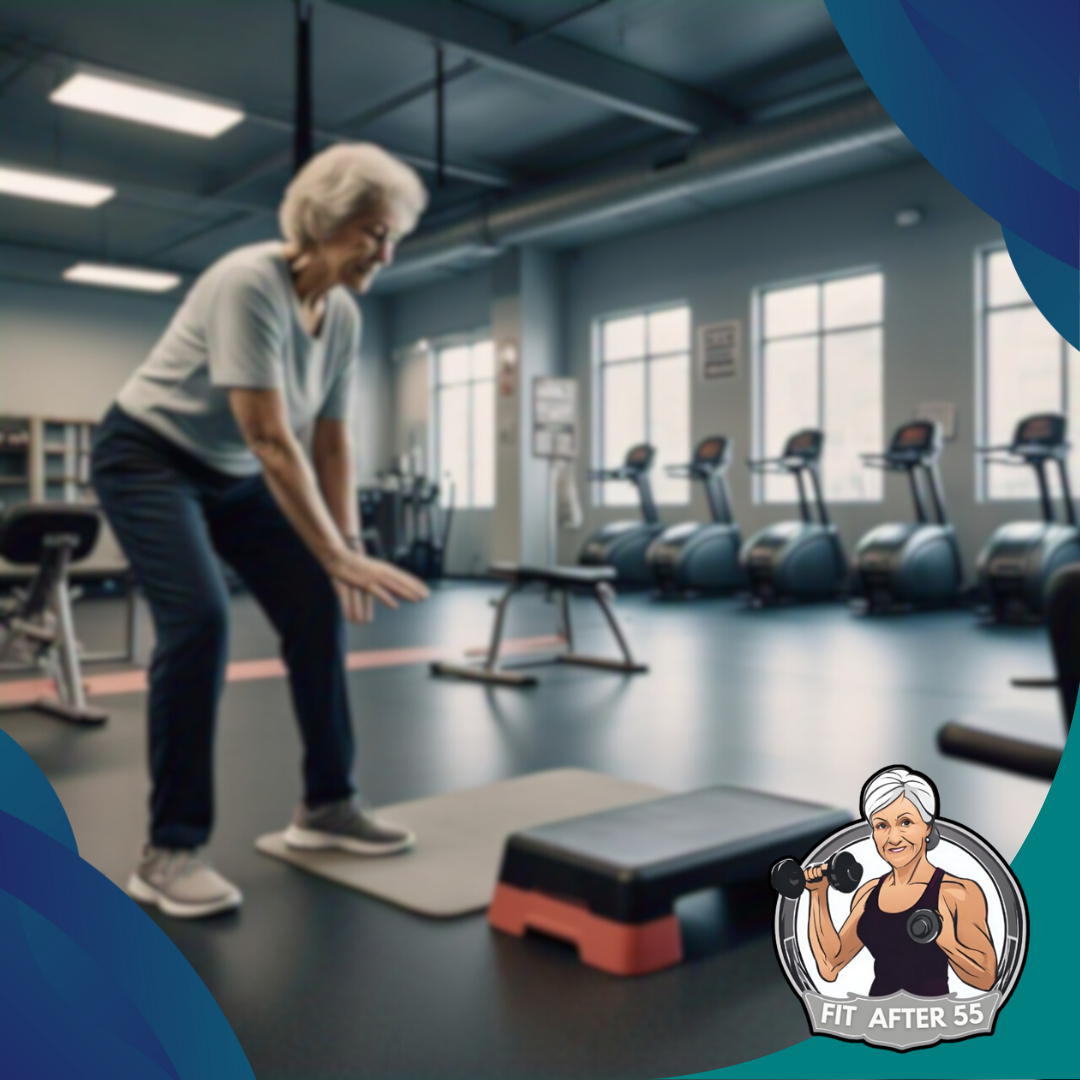
Protective Gear and Equipment
I always make sure to use the right protective gear for different activities. When I’m rollerblading or skateboarding, I wear knee and elbow pads to cushion potential falls. For running, I choose shoes with good shock absorption to reduce impact on my joints.
At work, I use ergonomic equipment like a supportive chair and wrist rest for my keyboard. These small additions make a big difference in preventing repetitive strain injuries.
For sports, I don’t forget protective gear like shin guards for soccer or wrist guards for snowboarding. The right equipment can prevent orthopedic injuries and keep my joints safe during physical activities.
Correct Body Mechanics and Posture
I pay close attention to my posture throughout the day. When sitting, I keep my back straight and shoulders relaxed. I take short breaks to stretch and move around every hour.
For lifting heavy objects, I remember to bend my knees and keep the weight close to my body. This protects my back and joints from unnecessary strain.
During exercise, I focus on proper form. For example, when doing squats, I make sure my knees don’t go past my toes. This helps distribute weight evenly and prevents joint stress.
I also try to vary my movements and avoid repetitive motions for long periods. This reduces the risk of overuse injuries to my joints.
The Significance of Recovery in Joint Health

Rest and proper recovery are key to keeping our joints healthy. Taking time to let our bodies heal after activity helps reduce inflammation and prevents overuse injuries.
Importance of Rest and Recuperation
I can’t stress enough how crucial rest is for our joints. When we exercise or do physical activities, our joints experience stress. Without enough recovery time, this stress can lead to injuries. I make sure to give my body enough downtime between workouts. This allows my joints to repair any minor damage and reduces inflammation.
Getting enough sleep is also vital. During sleep, our bodies release growth hormones that help repair tissues, including those in our joints. I aim for 7-9 hours of sleep each night to give my joints the best chance to recover.
Effective Recovery Techniques
There are several ways I help my joints recover after activity:
- Stretching: I do gentle stretches to improve flexibility and reduce stiffness.
- Cool down exercises: These help gradually bring my heart rate down and prevent blood from pooling in my muscles.
- Ice therapy: For any swollen joints, I apply ice for 15-20 minutes to reduce inflammation.
- Gentle movement: On rest days, I do low-impact activities like swimming or walking to keep my joints mobile without overexerting them.
I also pay attention to my diet. Eating anti-inflammatory foods like berries, fatty fish, and leafy greens helps support my joint health during recovery periods.
Supportive Strategies for Specific Joint Concerns

Let’s talk about some helpful ways to take care of our knees, shoulders, and hips. I’ll share some tips I’ve learned to keep these important joints healthy and strong.
Optimizing Knee Health
To keep my knees in good shape, I focus on building strong muscles around them. I do exercises like squats and leg presses to strengthen my thighs and calves.
I also make sure to maintain a healthy weight. Even losing a few pounds can really help reduce knee pain.
When I exercise, I wear supportive shoes and use proper form. This helps protect my knees from unnecessary stress.
If I feel any knee discomfort, I use the RICE method: Rest, Ice, Compression, and Elevation. It’s a simple but effective way to care for my knees.
Shoulder Joint Care
To keep my shoulders healthy, I focus on improving my posture. I try to sit and stand up straight, keeping my shoulders back and down.
I do exercises to strengthen the muscles around my shoulder joints. Some of my favorites are:
- Shoulder rotations
- Arm circles
- Resistance band exercises
I’m careful not to overuse my shoulders. If I’m doing repetitive tasks, I take breaks and switch arms when possible.
When lifting heavy objects, I use proper form. I keep the object close to my body and use my legs, not just my arms and shoulders.
Hip Joint Considerations
For my hips, I find that regular stretching is key. I do hip flexor stretches and gentle yoga poses to keep them flexible.
I also work on strengthening the muscles around my hips. Exercises like squats, lunges, and bridges are great for this.
When I sit for long periods, I make sure to get up and move around every 30 minutes or so. This helps prevent stiffness in my hips.
I’ve found that low-impact exercises like swimming and cycling are gentle on my hips while still providing a good workout.
Special Considerations for Athletes

Athletes face unique challenges when it comes to joint health. I’ll share some key tips to help you stay in top form and avoid injuries, whether you’re a pro or just enjoy sports as a hobby.
Enhancing Athletic Performance
As an athlete, I know how important it is to keep my joints healthy. I make sure to warm up before any activity. This gets my blood flowing and prepares my body for exercise. I also focus on proper form during training. Using the right technique helps me avoid putting too much stress on my joints.
I eat a balanced diet with plenty of nutrients. This helps keep my joints strong. I also stay hydrated by drinking water throughout the day. Good hydration keeps my joints lubricated and working well.
Rest is just as important as training. I make sure to get enough sleep each night. This lets my body recover and repair itself. I also take rest days between hard workouts to avoid overuse injuries.
Injury Prevention for High-Impact Sports
High-impact sports can be tough on joints. I always wear the right gear to protect myself. This includes shoes that fit well and support my feet. For contact sports, I use padding to guard against impacts.
I cross-train to build strength in different muscle groups. This helps balance out my body and reduces strain on any one area. I also do exercises to improve my balance and flexibility. These skills help me react better during sports and avoid awkward movements that could hurt my joints.
If I feel pain during a game or practice, I stop right away. Pushing through pain can lead to worse injuries. I listen to my body and take breaks when I need to. This helps me stay healthy and perform better in the long run.
Wrapping Up: Prevent Joint Injuries in Everyday Life
As we come to the end of this, I hope it’s clear that taking care of our joints isn’t just about avoiding pain—it’s about staying independent and active for as long as possible. I’ve shared a few of the key ways I’ve been able to maintain my mobility and enjoy my life: staying active with low-impact exercises, watching my posture, and strengthening the muscles around my joints. It all comes down to small, consistent efforts that make a big impact over time.

Whether you’re already dealing with joint issues or simply looking to prevent them, remember that warming up before exercise, maintaining a healthy weight, and using proper form are essential steps in protecting your joints. If you’re experiencing joint pain right now, I truly hope you find the relief and support you need. Be kind to yourself and don’t hesitate to ask for help or seek advice when you need it.
Take it slow with any new exercise routines and listen to your body. If something doesn’t feel right, it’s okay to pause and get some guidance. Your health and well-being matter most.
Take care of yourself, stay active, and remember: your joints work hard for you. Treat them with the care they deserve. And if you need support along the way, we’re all in this together.
Frequently Asked Questions

Joint health is crucial for everyday activities. Many people wonder about natural ways to protect their joints and prevent injuries as they age or engage in sports. Let’s explore some key strategies.
How can I naturally improve the health of my joints?
I recommend eating a balanced diet rich in anti-inflammatory foods. Fresh fruits, vegetables, and omega-3 fatty acids can help. Regular low-impact exercise like swimming or cycling is also great for joint health.
Maintaining a healthy weight is important too. Extra pounds put more stress on joints, especially knees and hips.
What are some effective strategies to keep my joints well-lubricated?
I find that staying hydrated is key. Drinking plenty of water helps keep joints lubricated. Gentle stretching exercises can also improve joint mobility and reduce stiffness.
Glucosamine and chondroitin supplements may help some people, but I suggest talking to a doctor first.
What ways can I take care of my knees as I age?
I always suggest strengthening the muscles around the knees through exercises like squats and leg presses. This helps support the joint.
Wearing supportive shoes and using proper form when exercising are important too. I also recommend avoiding high-impact activities if you have existing knee issues.
What steps can be taken to prevent common joint injuries?
I think warming up before exercise is crucial. It prepares your joints for activity. Using proper technique during sports and workouts is also key.
Regular exercise helps condition joints and reduces injury risk. I also recommend cross-training to avoid overuse of specific joints.
How can I shield my joints from damage during sports activities?
I always stress the importance of wearing protective gear like knee pads or wrist guards. Using proper form and technique is essential too.
Gradually increasing intensity and duration of activities helps prevent overuse injuries. I also suggest listening to your body and resting when needed.
What are the preventive measures to avoid joint issues in the future?
I believe maintaining a healthy weight is crucial. Extra pounds put more stress on joints. Regular low-impact exercise keeps joints flexible and strong.
Good posture is often overlooked but very important. I also recommend avoiding repetitive motions that could lead to overuse injuries.

